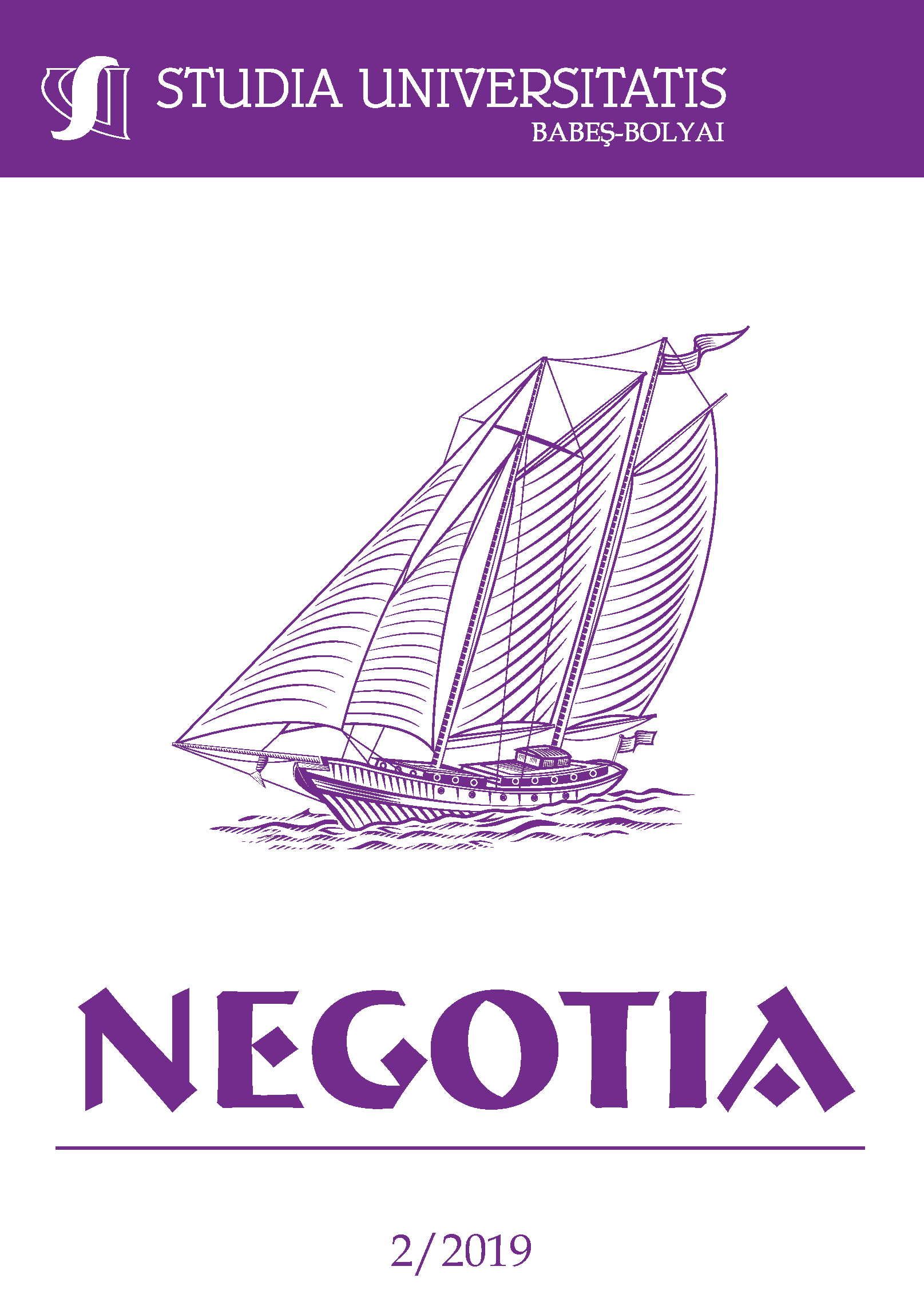AN IMPROVED RESIN SUPPLY CHAIN FRAMEWORK FOR MALAYSIA AUTOMOTIVE INDUSTRY – CASE STUDY OF A FOREIGN CAR MAKER
DOI:
https://doi.org/10.24193/subbnegotia.2019.2.06Keywords:
Supply chain framework, localization, Malaysian automotive industry & resin.Abstract
Objective: The purpose of this paper is to investigate the current resin supply chain model of a foreign car maker in Malaysia by studying the resin supply chain of Company A. A conceptual model is proposed for the improvement of current resin supply chain model of Company A. Methodology: A case study of Company A supply chain model is observed and analysed based on quality, cost and delivery (QCD) process. A conceptual framework is proposed to Company A on achieving target cost. Results: The proposed frameworks established for enhancing the current resin supply chain model. Implication: This research presents a conceptual resin supply chain framework to describe the significance of current supply chain model against the improved supply chain model. The study is particularly useful for foreign car manufacturer mainly Japanese car makers to identify the advantages of improved supply chain model on achieving better costing for localisation. This paper gives valuable reference to Japanese car makers to consider the adoption of conceptual supply chain model in Malaysian automotive industry.
JEL classification: F60; F63
References
Altuntas, C., & Turker, D. (2015). Local or global: Analyzing the internationalisation of social responsibility of corporate foundations. International Marketing Review, 32(5), 540-575.
Cagnin, F., Oliveira, M. C., Simon, A. T., Helleno, A. L., & Vendramini, M. P. (2016). Proposal of a method for selecting suppliers considering risk management: An application in the automotive industry. International Journal of Quality & Reliability Management, 33(4), 488-498.
Carreiras, V. E. J. (2018). Change in supply networks: A case study in the automotive components industry, Management Decision, 56(4), 922-936.
Corrêa, H. L., & de Miranda, N. G. (1998). Supply network management in the Brazilian automotive industry. Integrated Manufacturing System, 9(5), 261-271.
costs in Brazilian automotive supply chains, Industrial Management & Data Systems, 110(4), 567-590.
Eiriz, V., & Carreiras, J. (2018). Change in supply networks: A case study in the automotive components industry. Management Decision, 56(4), 922-936.
Johri, L. M. & Petison, P. (2008). Value‐based localisation strategies of automobile subsidiaries in Thailand. International Journal of Emerging Markets, 3(2), 140-162.
Lee, C. W., Ik‐Whan, G., & Severance, D. (2007). The relationship between supply chain performance and degree of linkage among supplier, internal integration, and customer. Supply Chain Management: An International Journal, 12(6), 444-452.
Maia, J. L., Cerra, A. L., & Filho, A. G. (2010). Exploring variables of transaction costs in Brazilian automotive supply chains. Industrial Management & Data Systems, 110(4), 567-590.
Mair, A. (1998). Internationalization at Honda: Transfer and adaptation of management systems, Employee Relations, 20(3), 285-302.
Martinsuo, R. S. M. M. (2015). Framework for enhanced third-party relationships in project networks, International Journal of Managing Projects in Business, 8(3), 457-477.
Miranda, H. L. C. N. G. M. D. (1998). Supply network management in the Brazilian automotive industry, Integrated Manufacturing Systems, 9(5), 261-271.
Moser, R., Kern, D., Wohlfarth, S. & Hartmann, E. (2011). Supply network configuration is benchmarking framework development and application in the Indian automotive industry. Benchmarking: An International Journal, 18(6), 783-801.
Nakano, M. (2009). Collaborative forecasting and planning in supply chains: The impact on performance in Japanese manufacturers, International Journal of Physical Distribution & Logistics Management, 39(2), 84-105.
Oliveira, F. C. M. C., Simon, A. T., & Helleno, A. L., & Vendramini, M. P. (2016) Proposal of a method for selecting suppliers considering risk management: An application at the automotive industry, International Journal of Quality & Reliability Management, 33(4), 488-498.
Petison, P. & Johri, L. M. (2008). Dynamics of the manufacturer‐supplier relationships in emerging markets: A case of Thailand. Asia Pacific Journal of Marketing and Logistics, 20(1), 76-96.
Petison, P. & Johri, L. M. (2008). Localization drivers in an emerging market: case studies from Thailand, Management Decision, 46(9), 1399-1412.
Rugraff, E. (2012). The new competitive advantage of automobile manufacturers. Journal of Strategy and Management, 5(4), 407-419.
Sariola, R., & Martinsuo, M. M. (2015). Framework for enhanced third-party relationships in project networks. International Journal of Managing Projects in Business, 8(3), 457-477.
Towill, D. R., Chiderhouse, P., & Disney, S. (2018). Integrating the automotive supply chain: Where are we now? International Journal of Physical Distribution & Distribution & Logistics Management, 32(2), 79-95.
Vanichchinchai, A. (2014). Supply chain management, supply performance and total quality management: An organizational characteristic analysis, International Journal of Organizational Analysis, 22(2), 126-148.
Yingqi, W., Liu, X., Chengang, W. & Jue, W. (2012). Local sourcing of multinational enterprises in China. International Journal of Emerging Markets, 7(4), 364-382.
Downloads
Published
How to Cite
Issue
Section
License
Copyright (c) 2022 Studia Universitatis Babeș-Bolyai Negotia

This work is licensed under a Creative Commons Attribution-NonCommercial-NoDerivatives 4.0 International License.



